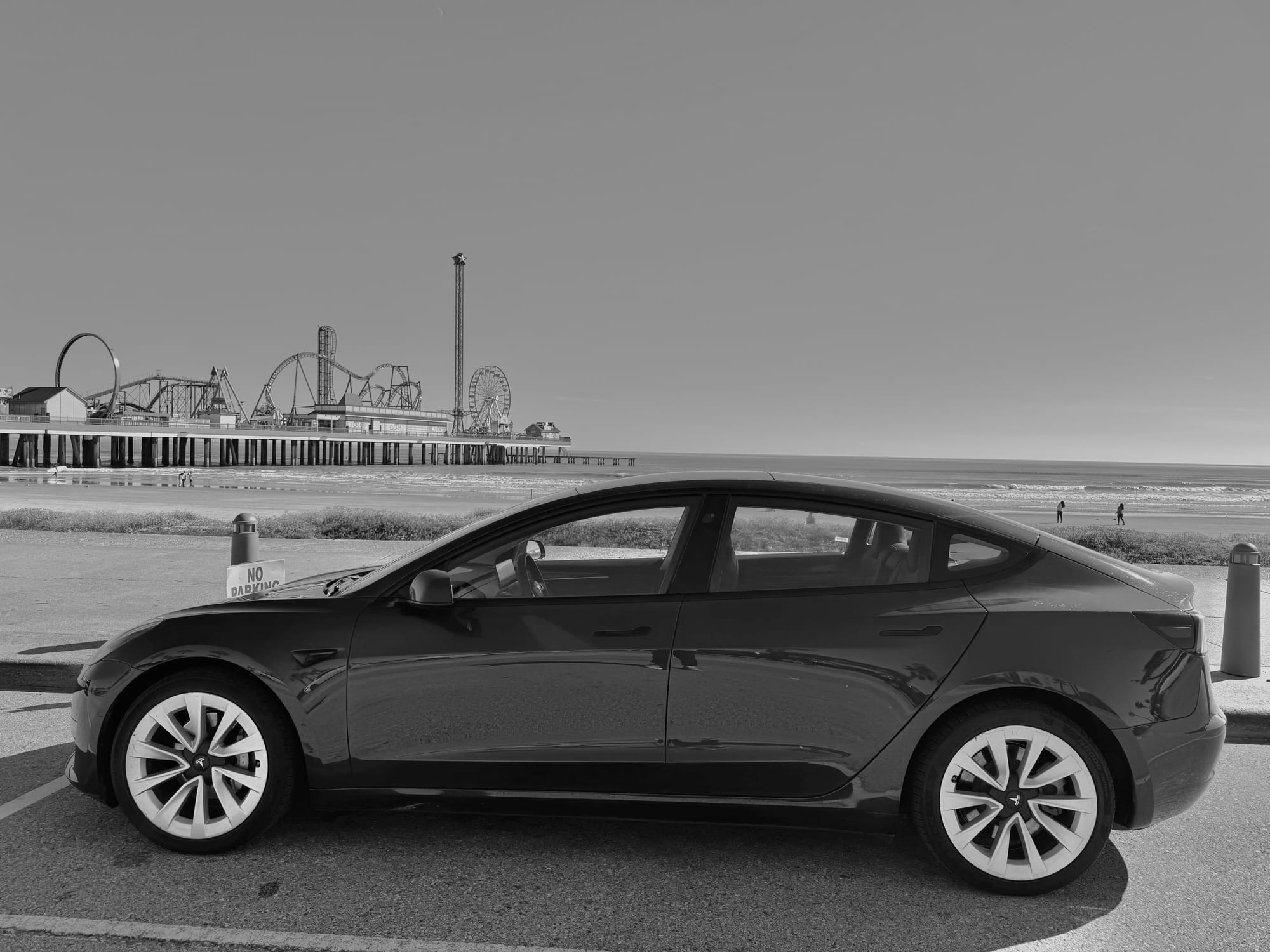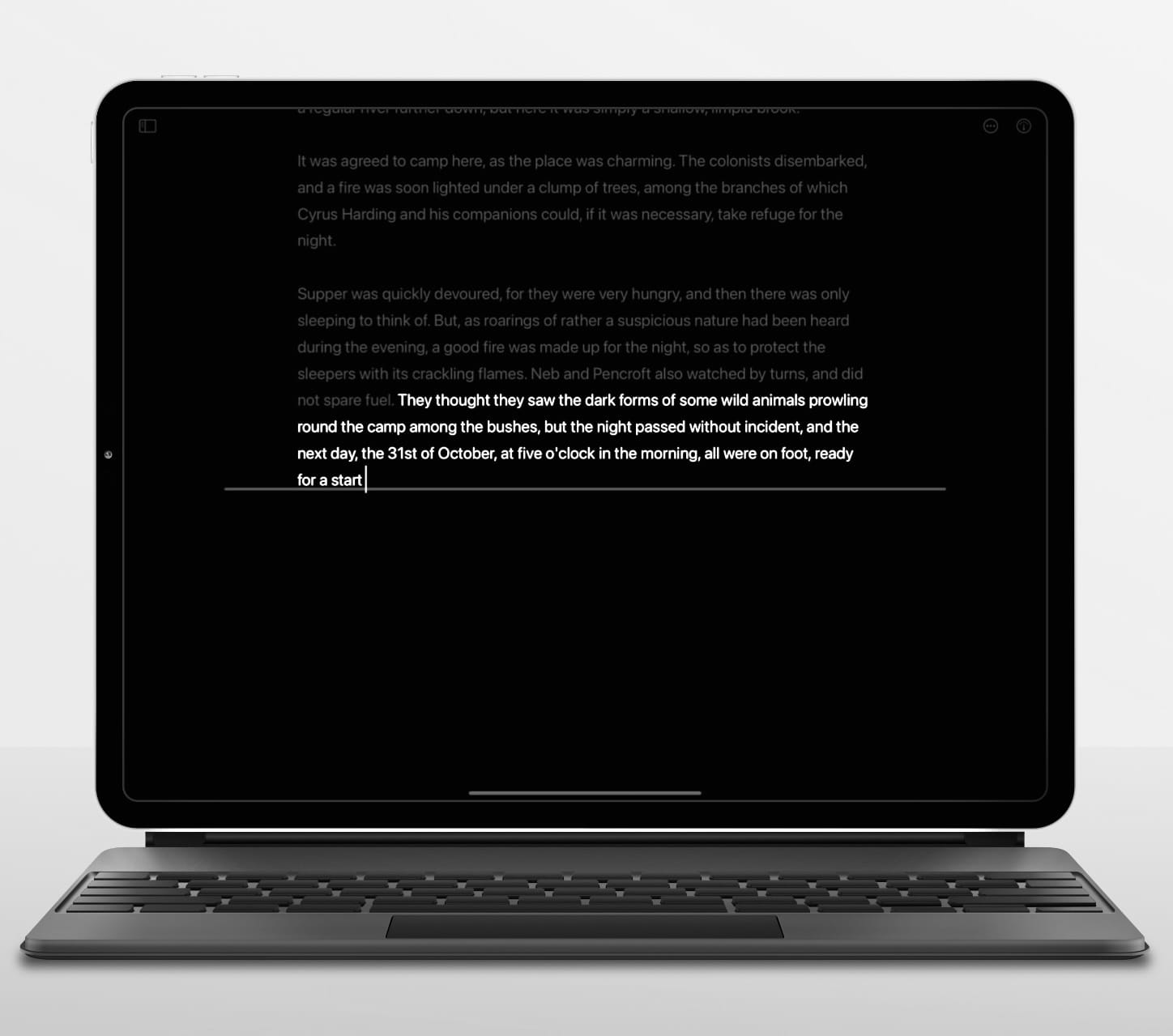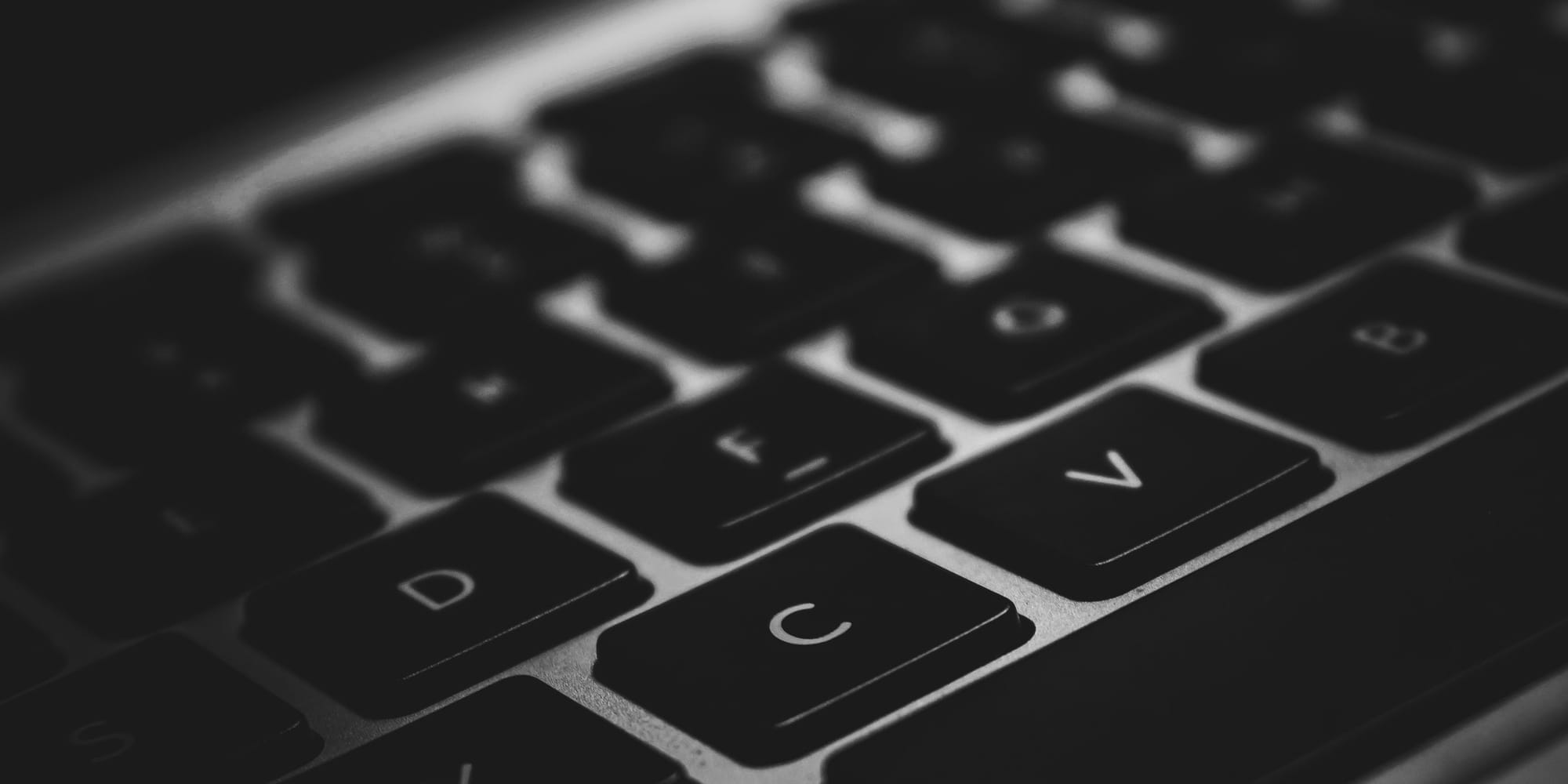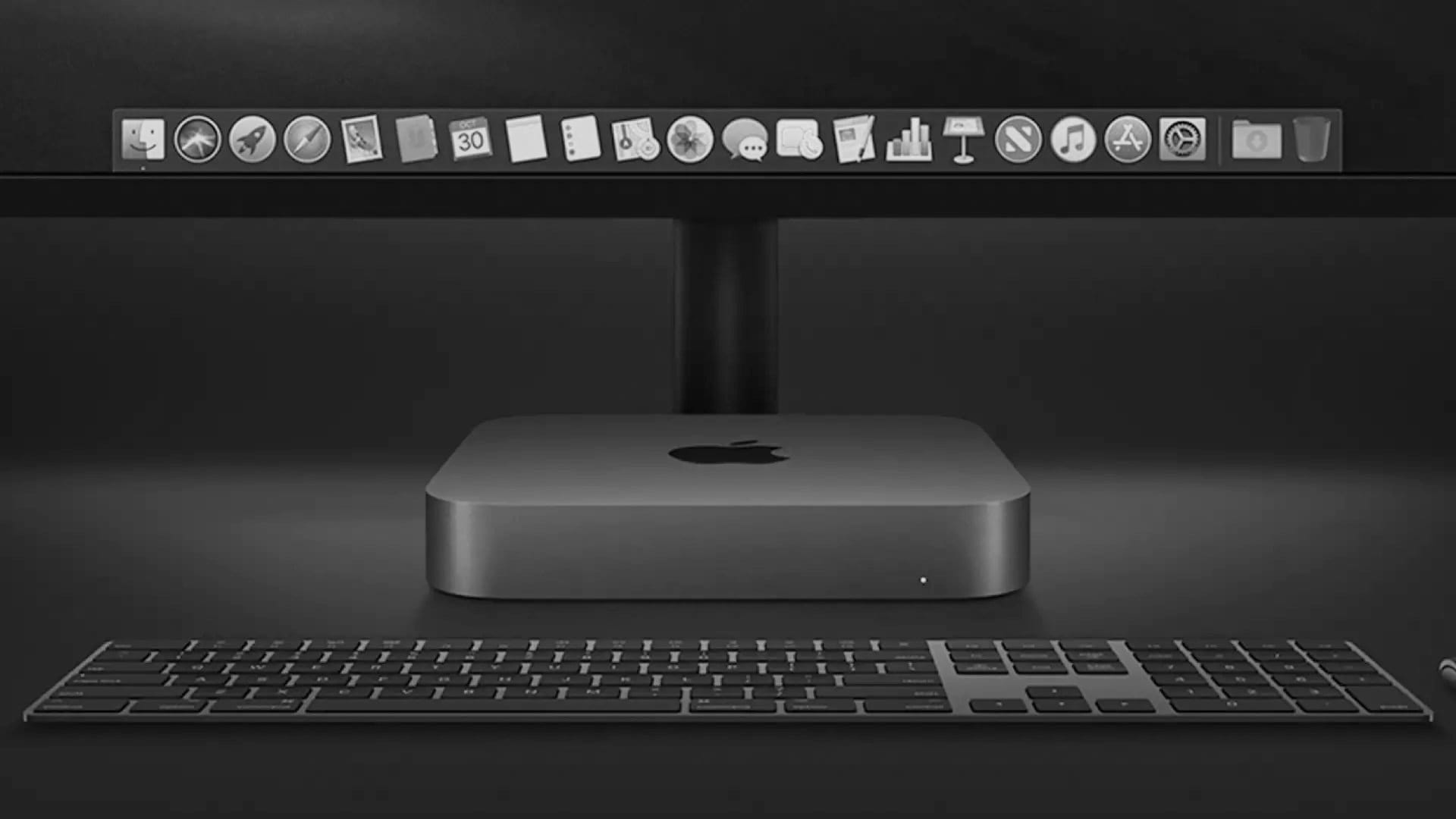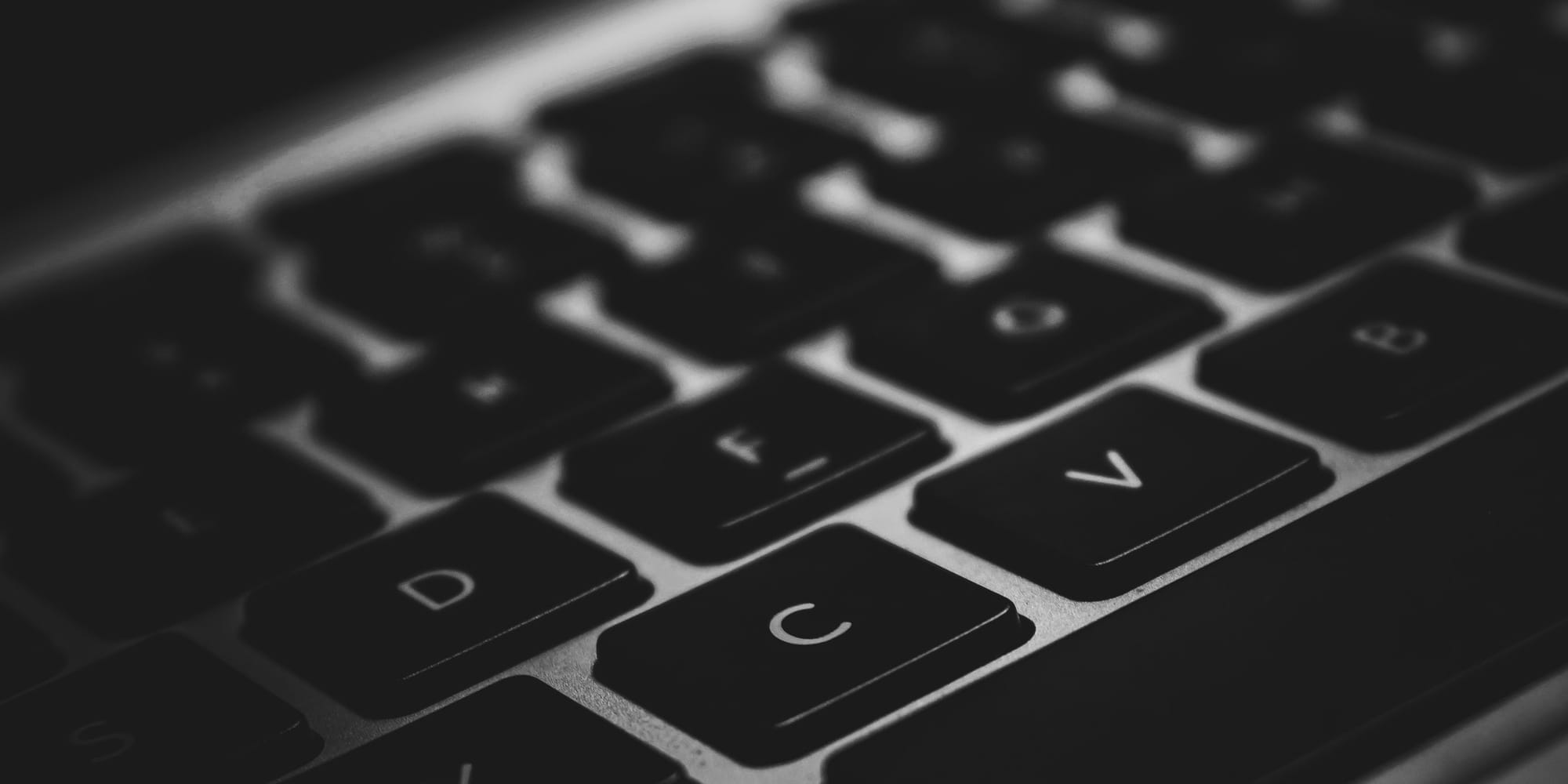My first exposure to Tesla was a shop in the Galleria Mall featuring shiny new cars. At the time I thought this will never work because they can’t afford to have their own dealership lots and whatever orders they sold, the buyers would have to wait and have them delivered without a test drive. Well I was wrong and happy to admit it. Since then, I’ve watched Tesla expand and become the name brand synonymous with electric vehicles.
Flash forward 15 years later and I finally had an opportunity to drive a fully electric sports car this past weekend. I love this technology and would absolutely own a Tesla given the chance.
One of Tesla’s claims to fame is an instant, seamless, and silent surge of power when you stab the accelerator. The Model 3 is a thrill ride, and on the Gulf Freeway stretch from the airport to the beach, I went from 0-100mph in about 5 seconds. With no combustible engine and no gears to shift the Tesla, silently sliced through the speedometer. I even raced a Porsche down the seawall and it wasn’t even close. Sorry, Porsche.
Tech amenities for this rented model was pretty stocked and did not have the self-driving feature but it did include an eight-speaker audio system; a 15-inch touch screen with a web browser and navigation capabilities; and a wireless charging pad for two smartphones. Driver assists such as adaptive cruise control; automatic emergency braking; blind-spot warning; lane-keeping assist; and front and rear parking sensors are standard.
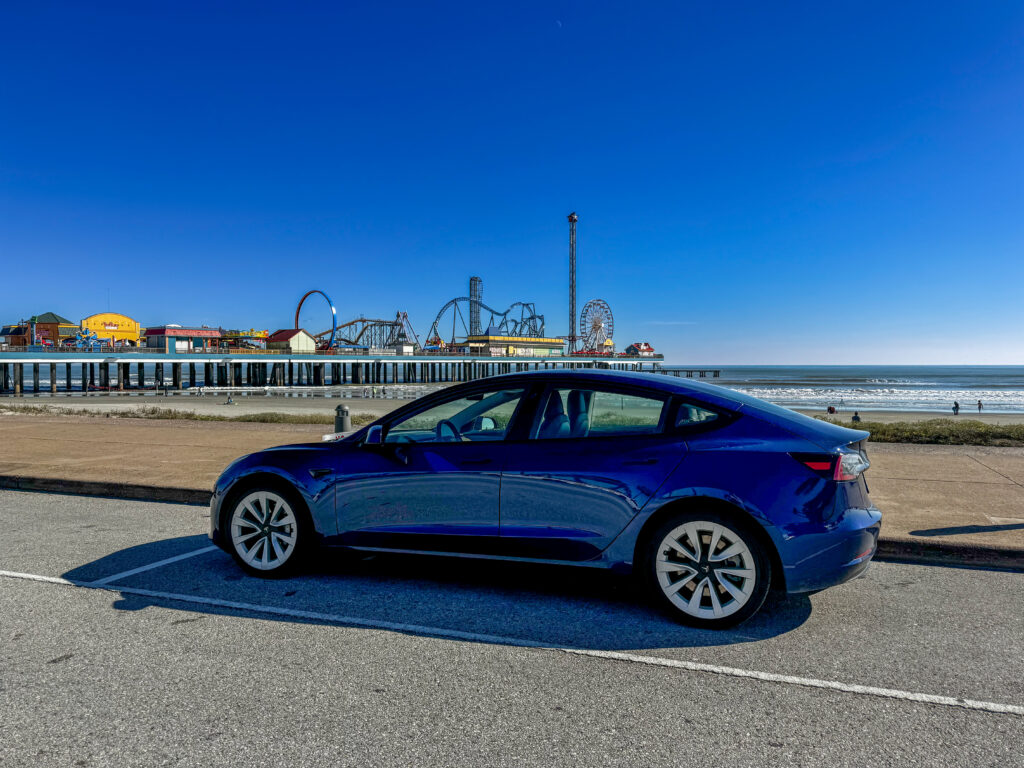

The interior has a very modern, almost austere feel because Tesla doesn’t use traditional gauges and includes only a few physical controls. The 15-inch touch screen handles nearly every vehicle setting, and you use the steering wheel’s scroll and push controls to change settings such as audio volume, as well as to adjust the side mirrors and headlights. This control setup is a departure from traditional switches and dials, and requires a bit of an adjustment. It took me twenty minutes in the rental agency lot to get the driving setup settings the way I needed which is not bad because new owners have guided instructions through the sales people.


When it came time to recharge the vehicle all I had to do was push the “charging stations” button on the large screen and it suggested over 20 locations near me. I picked the closest one as it told me how much energy I had, how much it would use to get there and then to my final destination. Charging was a cinch and very quick with the Tesla supercharger stations. 47% charge to 100% capacity took 15m. There were 8 other Teslas parked and sipping electricity so we all hung out and chatted up our cars and how brilliant they are.



In a short time and with advancements in already brilliant technology, I see Tesla as a threat to any competitor including the traditional fuel-powered cars that manufacturers are still putting out. The model 3 is a technophile’s dream with it’s range, performance and technology.

